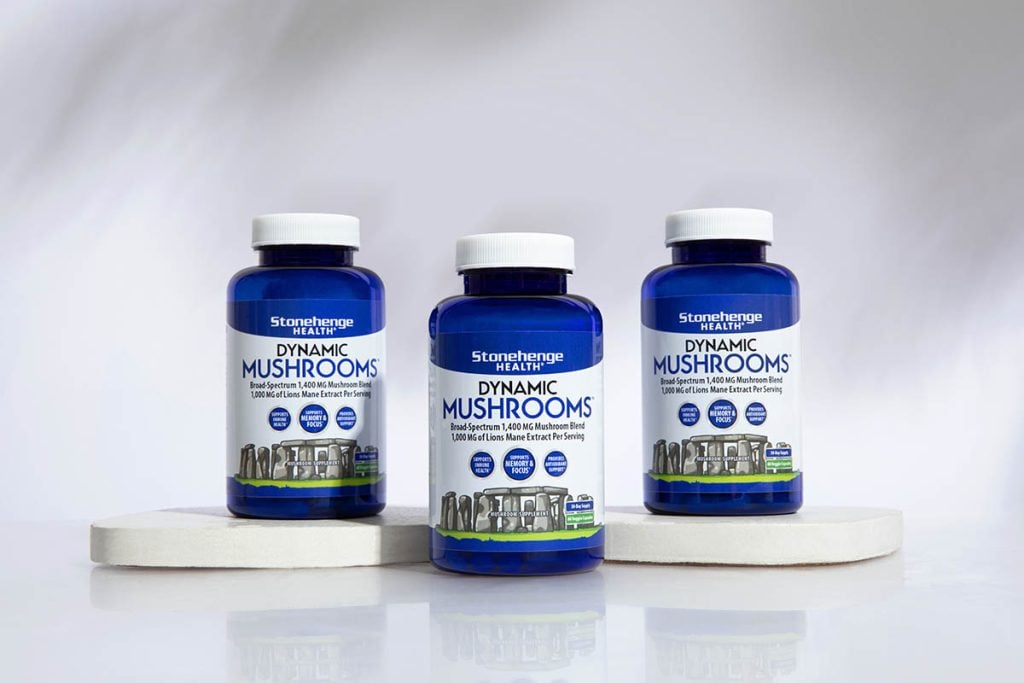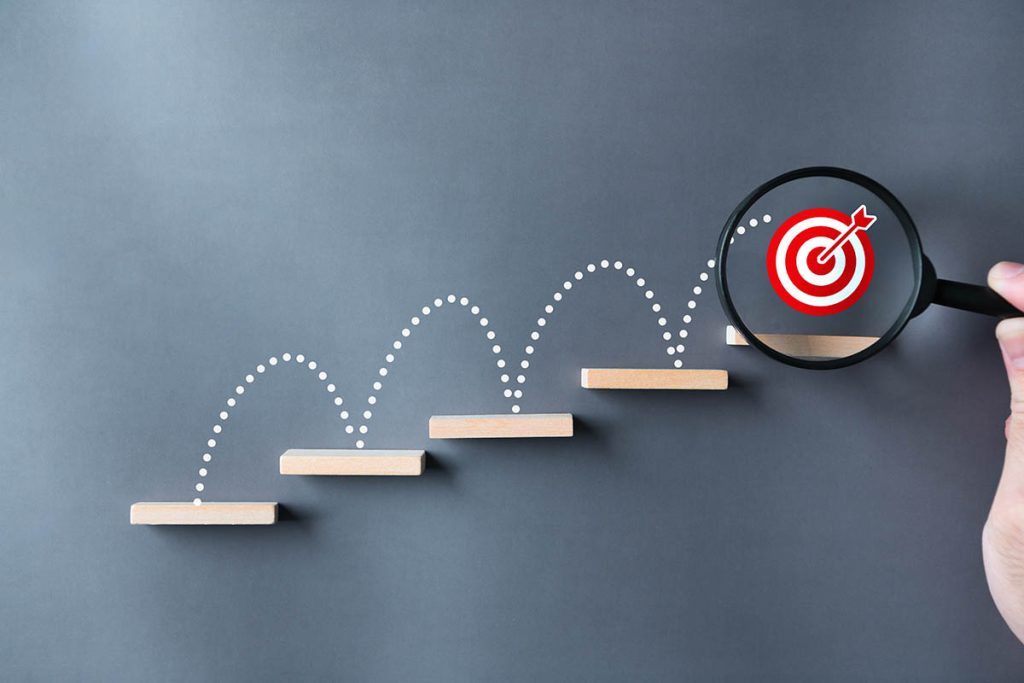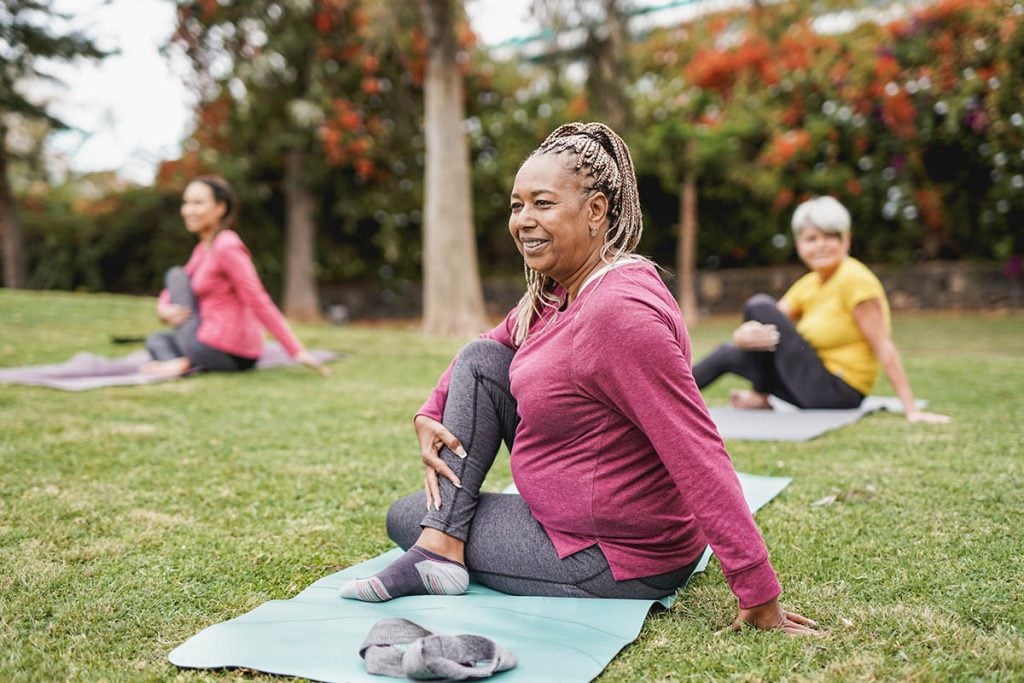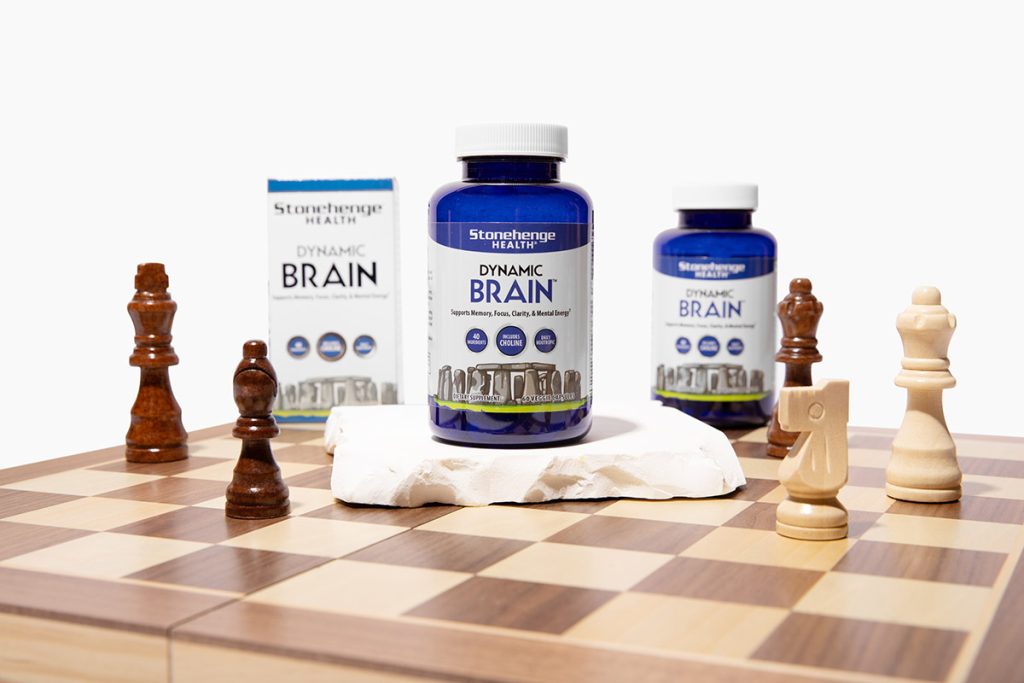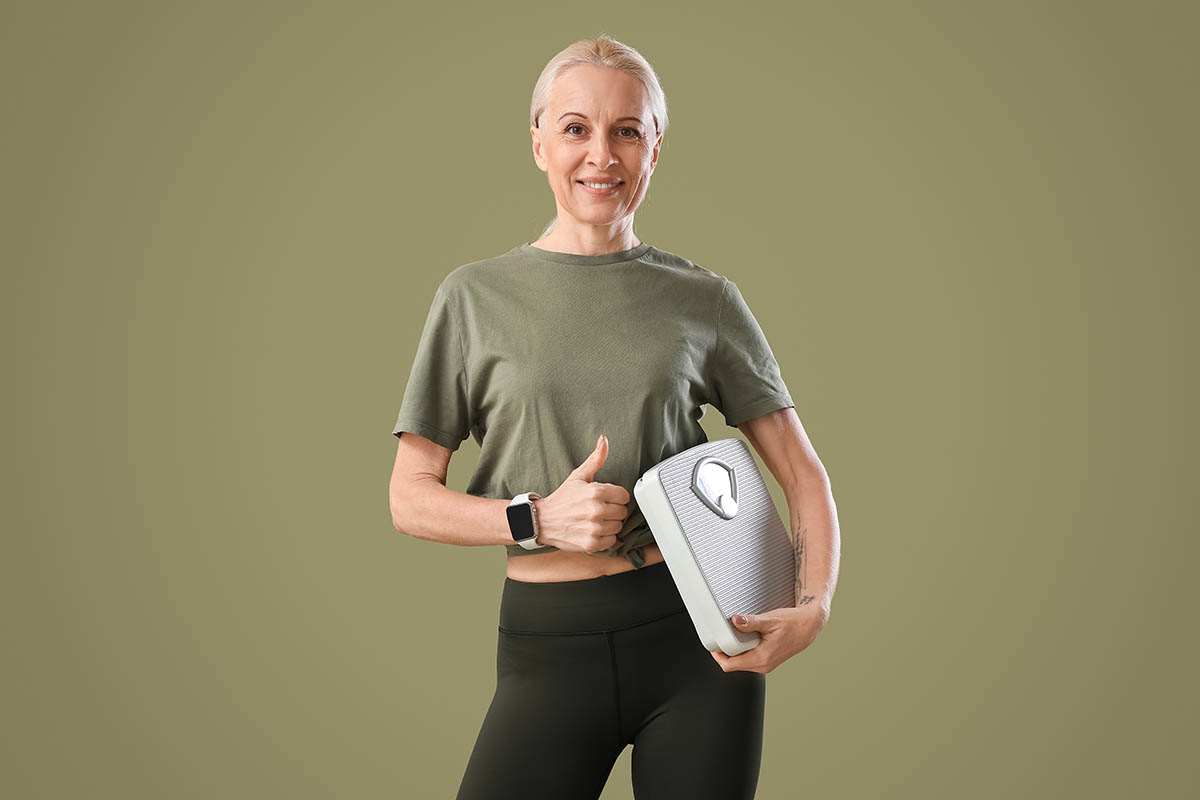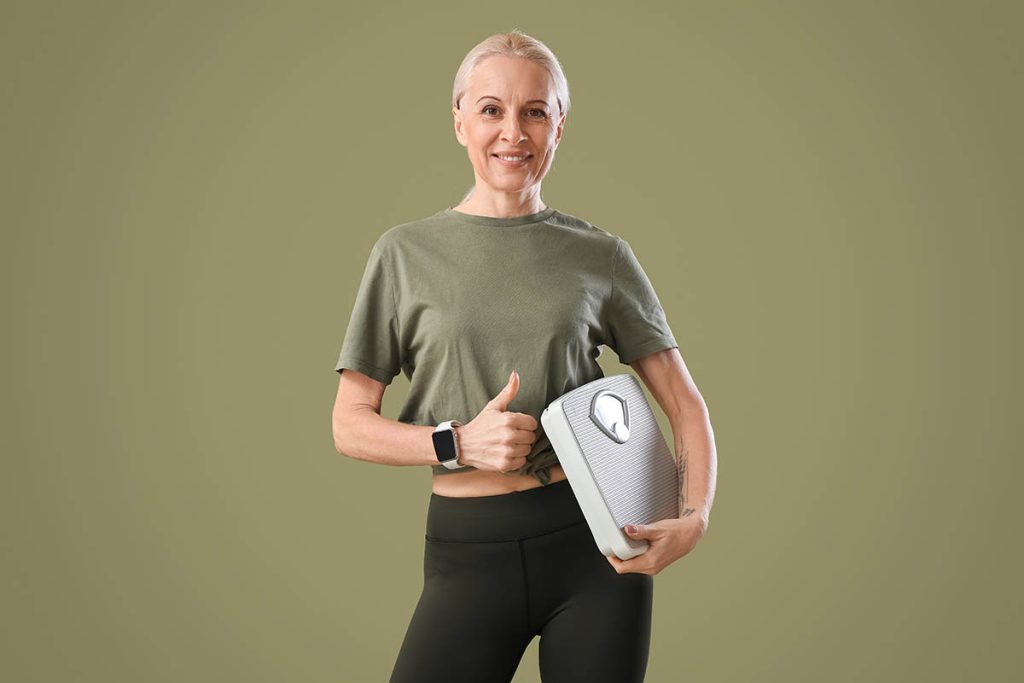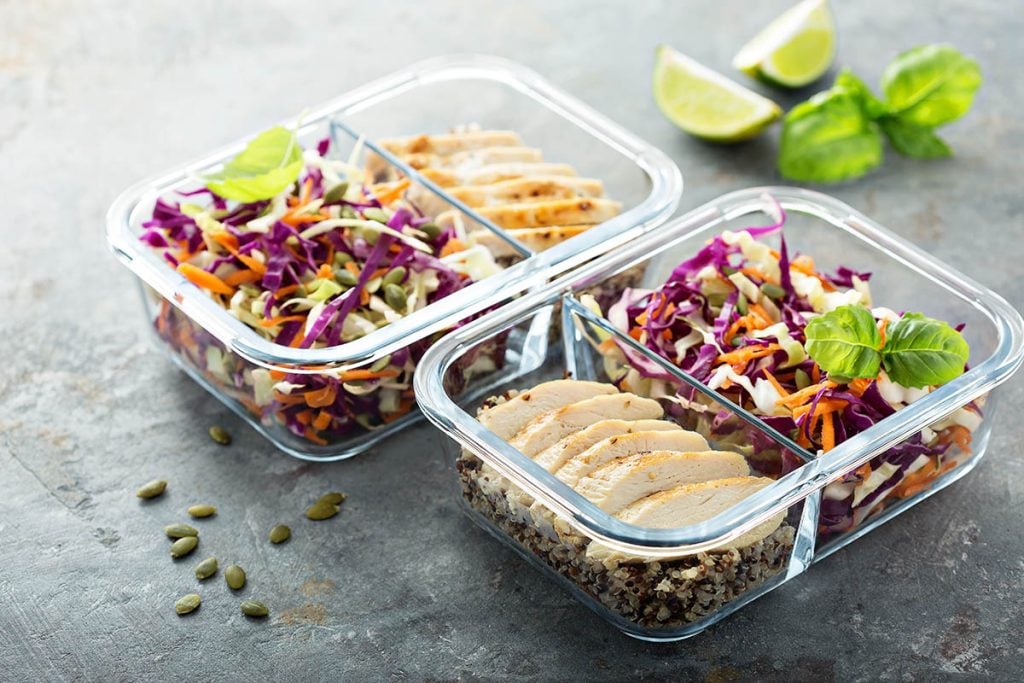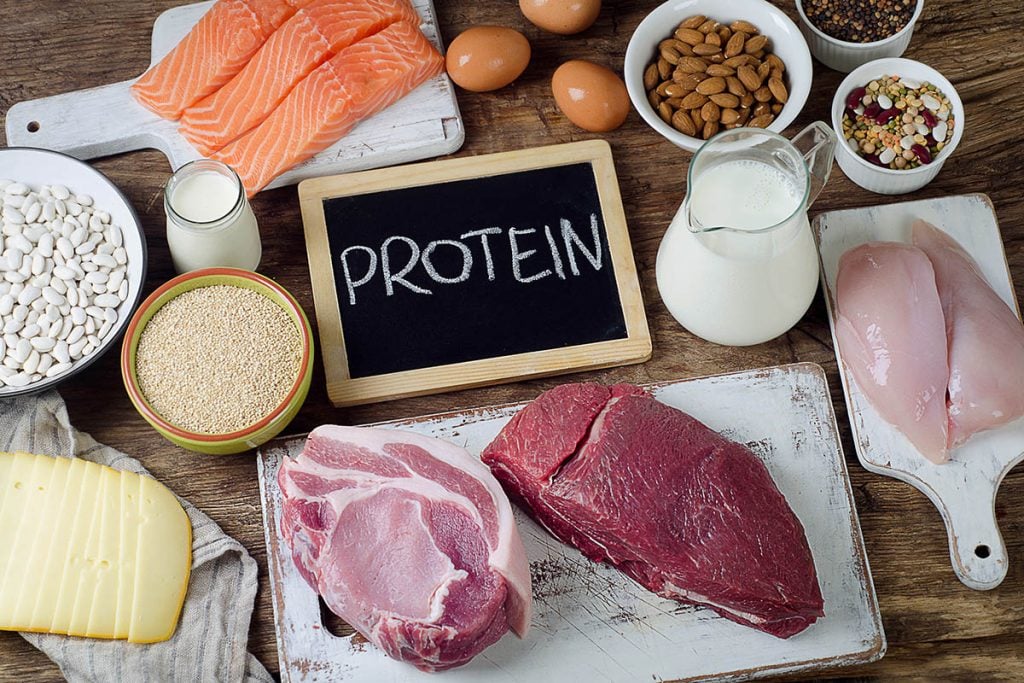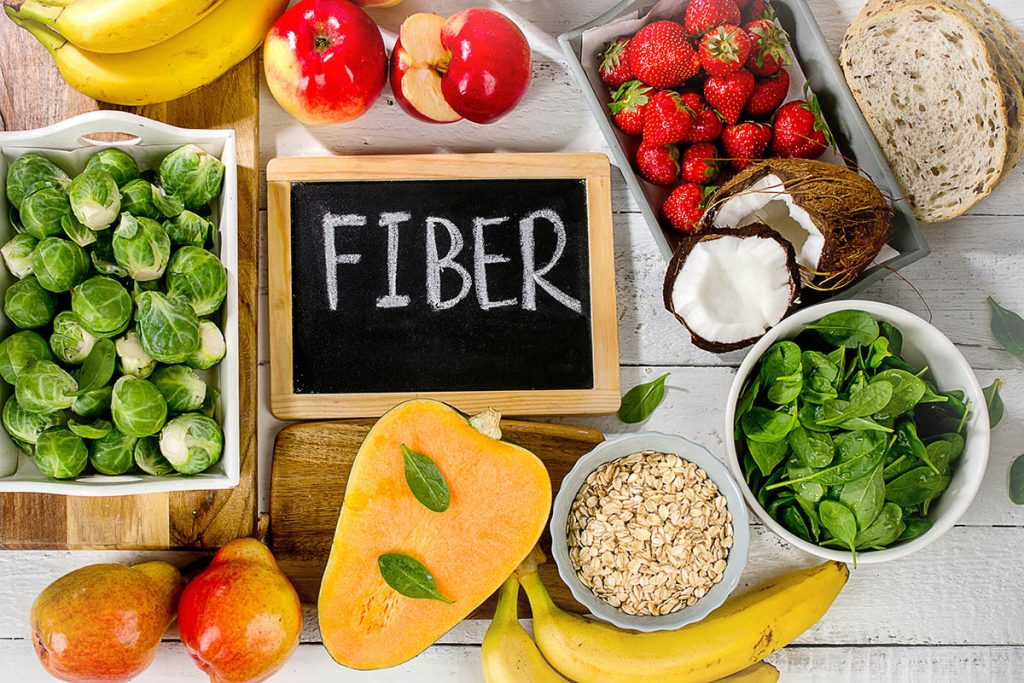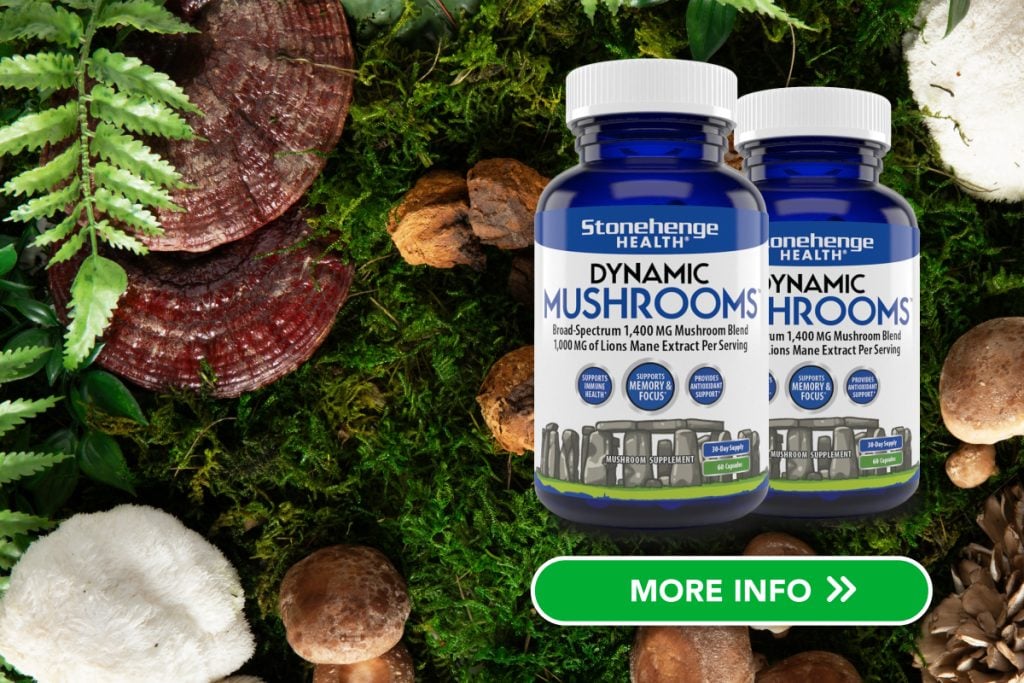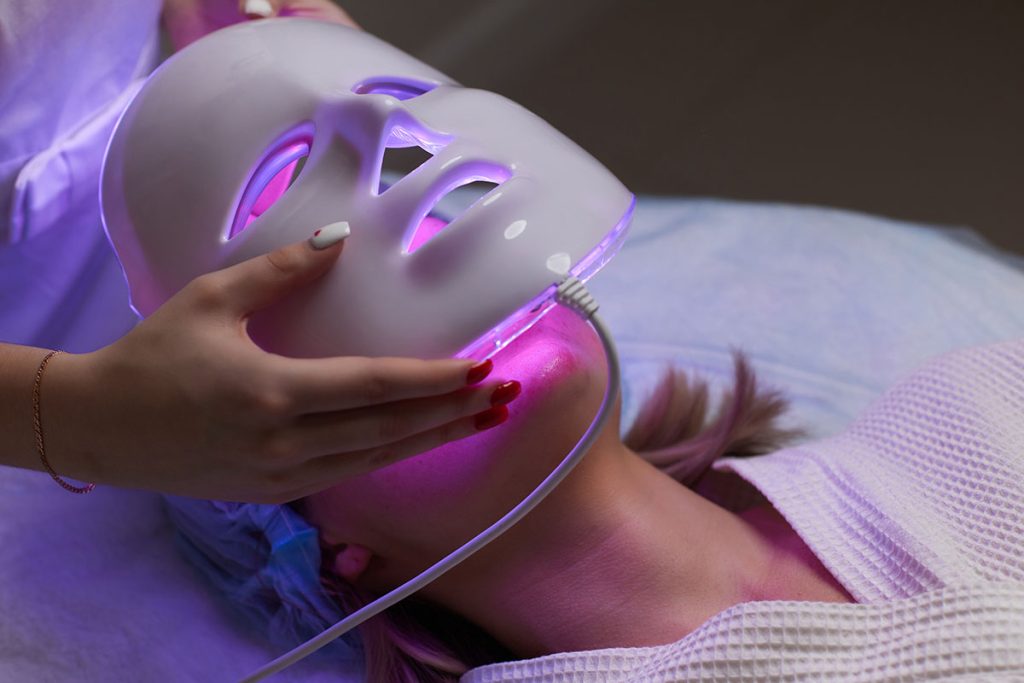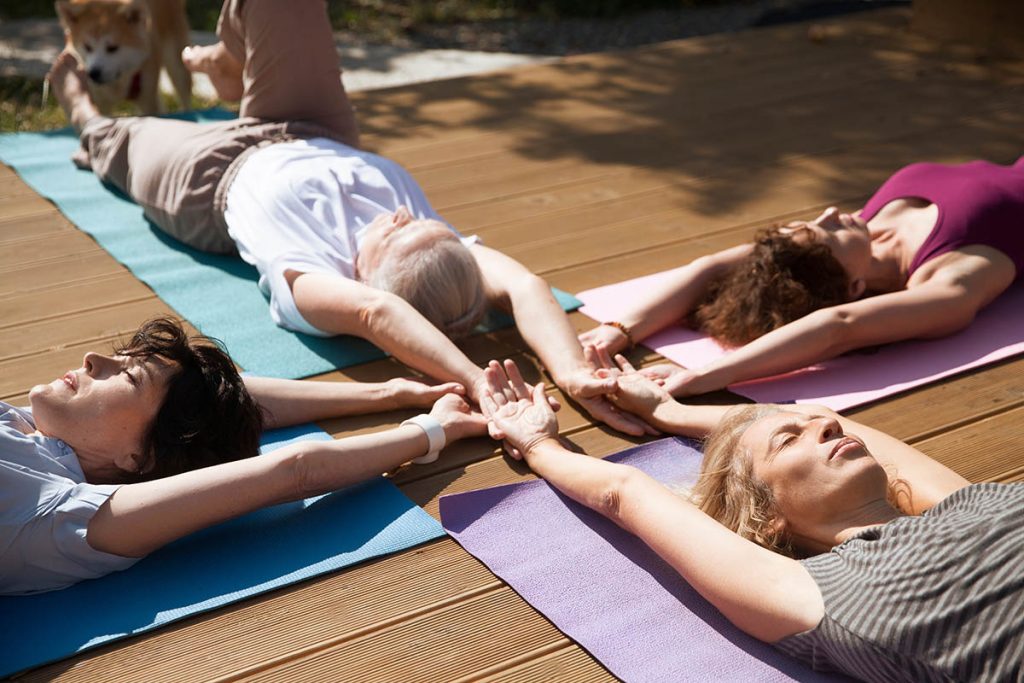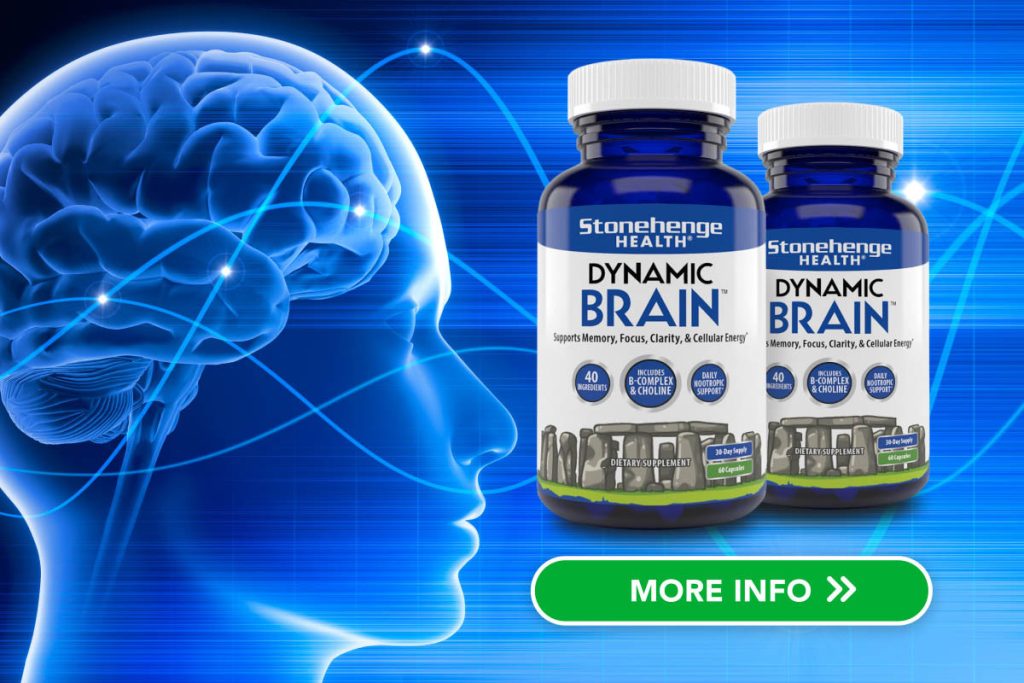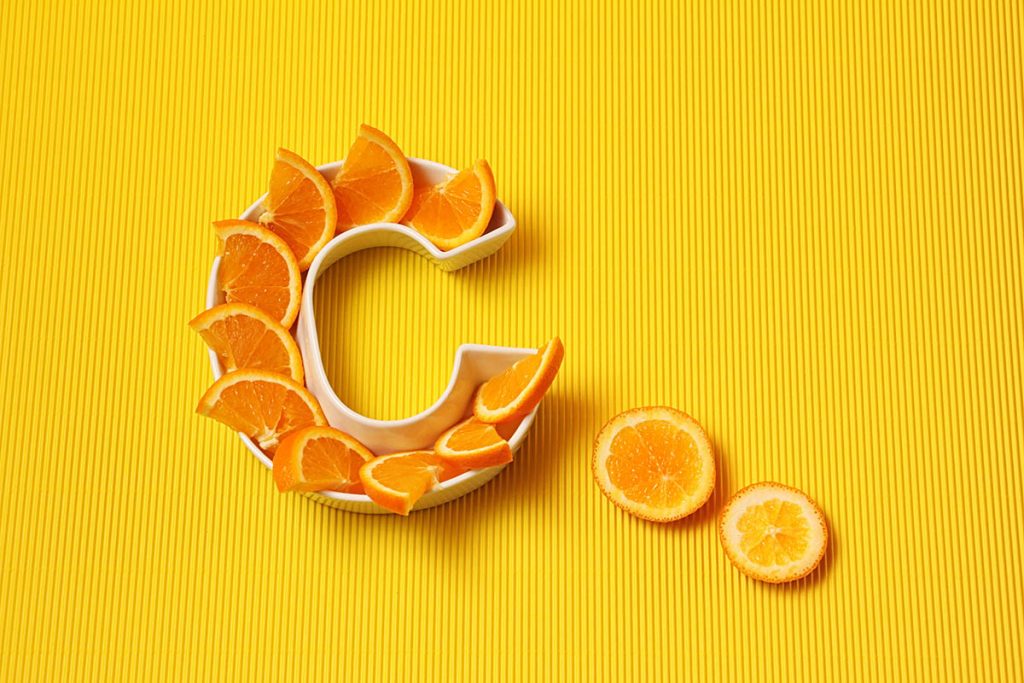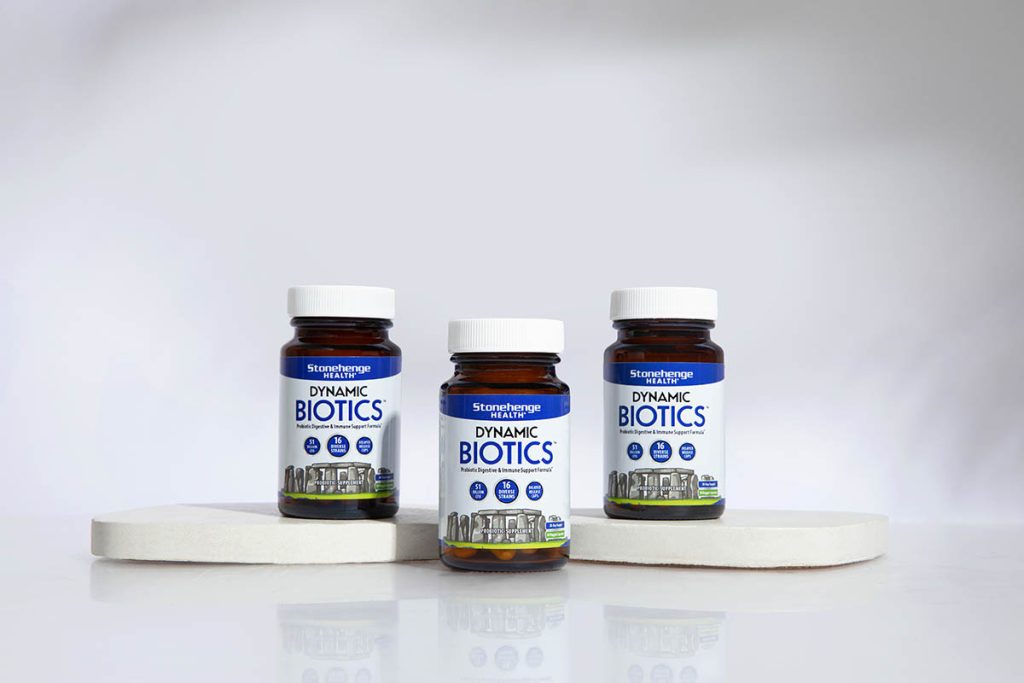
Beauty isn’t just about having a pretty face. It’s about radiating confidence and feeling comfortable in your skin.
Over time, beauty experts have shared numerous tips and tricks to help enhance natural beauty. Here are the top ten timeless beauty tips that you need to know, with a surprising unconventional idea taking the lead.
1. Embrace Your Unique Beauty

There is a profound truth in understanding that beauty is not a one-size-fits-all concept; it is diverse, subjective, and deeply personal. Recognizing this, it’s important to embrace the notion that every individual possesses a unique form of beauty – and yes, that includes you.
Your uniqueness is your strength. It sets you apart from the crowd and makes you who you are. So, cherish your individuality. Your so-called ‘imperfections’ are not flaws but distinguishing features that contribute to your overall beauty.
Instead of conforming to what society says is beautiful, which often tends to be narrow and unrealistic, focus on enhancing your natural beauty. Celebrate your unique features, your skin, your body shape, and your distinct characteristics. The most beautiful people are those who feel comfortable in their own skin and aren’t afraid to show the world their authentic selves.
Remember, confidence is key. There is nothing more attractive than a person who carries themselves with self-assuredness. Confidence isn’t about being arrogant or thinking you’re better than others; it’s about recognizing your worth and not being afraid to express it. When you wear your confidence proudly, it radiates from you, making you even more attractive.
So, step into your power. Embrace your unique beauty, and don’t let anyone make you feel otherwise. Because at the end of the day, true beauty comes from within, and there’s nothing more beautiful than being unapologetically you.
2. Commit to a Skincare Routine Inside + Out

Maintaining a radiant complexion requires more than just surface-level care. It’s about committing to a skincare routine that nurtures your skin from the inside as well as the outside.
Regular cleansing, toning, and moisturizing are foundational steps for preserving your skin’s natural glow. Cleanse your face twice daily to eliminate dirt and excess oils. Follow with a toner to restore your skin’s pH balance, and conclude with a moisturizer to keep your skin soft and hydrated.
It’s widely understood that exposure to the sun can cause skin aging, hyperpigmentation, and even skin cancer. Hence, it’s crucial to begin your day by applying sunscreen, regardless of the weather conditions. Opt for broad-spectrum sunscreens as they protect against UVA and UVB rays. Aim to use a product with an SPF of at least 30 for optimal protection.
But don’t stop there. Your skin’s health is also significantly influenced by what happens beneath the surface.
The Power of Vitamin C for Skin Health and Beauty
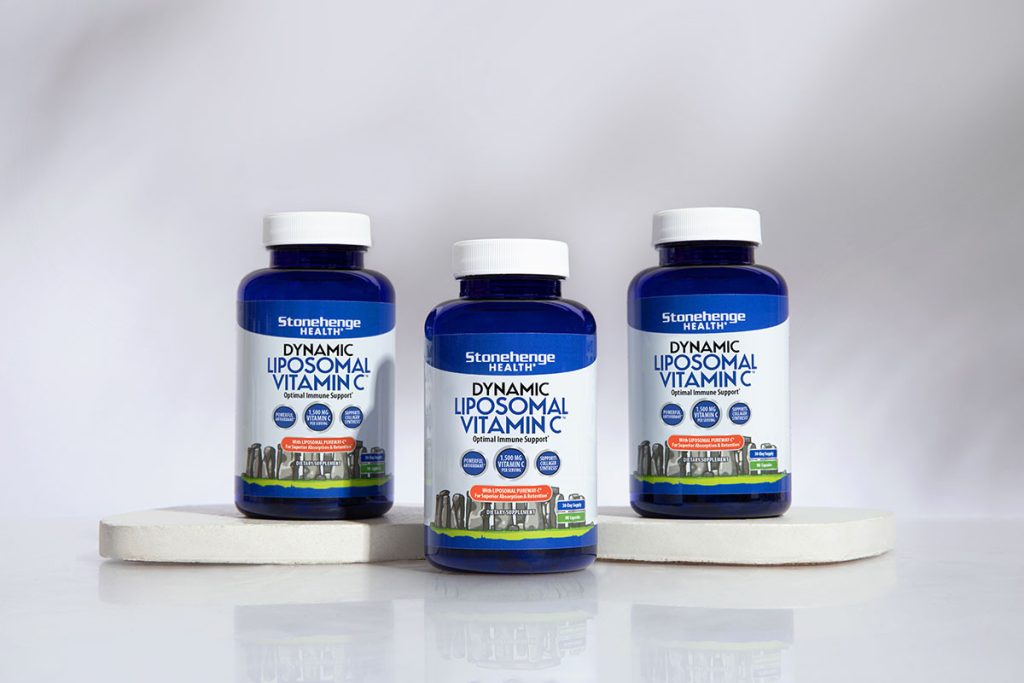
Vitamin C is a unique antioxidant that has a vital role in promoting collagen production, a protein that enhances skin firmness and elasticity, keeping it plump and youthful2.
Moreover, vitamin C protects against sun damage and supports the skin’s ability to combat harmful UV rays2. Furthermore, a high vitamin C intake helps decrease skin dryness and retains water in the skin, providing essential moisture2.
Because vitamin C deficiency can lead to dry skin and a reduction in collagen synthesis, along with an unsupported immune system, consider taking a high-quality daily supplement like Stonehenge Health’s Dynamic Liposomal Vitamin C.*
This liposomal formula is a blend of 1,500 mg of fat-soluble and highly bioavailable vitamin C and ascorbic acid. Dynamic Liposomal Vitamin C efficiently replenishes your daily needs.* Subtle, glowing skin, here you come.
3. Nature’s Spa: Cold Showers
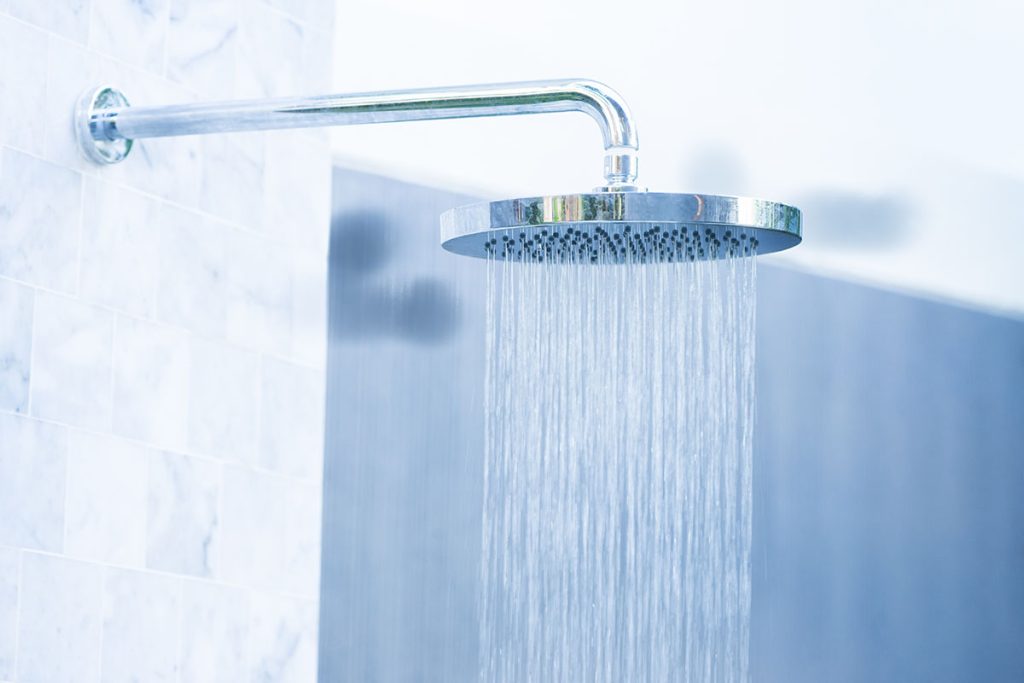
Surprisingly, one of the most unconventional yet effective beauty tips is to take cold showers. While it might sound daunting at first, cold showers can provide numerous beauty benefits. They help skin feel firmer, which may also help reduce the appearance of other imperfections. Cold showers also stimulate blood circulation, promoting healthier skin and hair. Plus, they can wake you up in the morning and leave you feeling invigorated and refreshed, adding a natural glow to your beauty.1
To take a cold shower – start with 30 seconds of cold water at around 70°F and gradually increase the duration while you lower the temperature – go no lower than around 60°F
Be aware that cold showers can constrict your airways — making them particularly dangerous for people with heart and lung conditions.
4. Healthy Eating

Indeed, the adage “you are what you eat” holds true. A well-balanced diet with plenty of fruits, vegetables, lean proteins, and wholesome fats supports your skin’s health from the inside out.
The magic lies particularly in foods teeming with antioxidants like berries and leafy greens. Antioxidants, including vitamins C, A, E, and carotenoids, safeguard cells from damage inflicted by free radicals, according to Mayo Clinic3. Moreover, an antioxidant-rich diet, replete with fruits, veggies, nuts, whole grains, and fatty fish, fosters healthy skin.4
Therefore, incorporating nutrient-dense foods rich in antioxidants, including certain types of berries, nuts, and vegetables, into your diet not only combats harmful free radicals but also slows the aging process and promotes overall well-being.5
5. Sleep & Stress Reduction

The concept of beauty sleep is far from fictional. As you slumber, your body enters a restorative phase, mending and revitalizing your skin. Coupled with effective stress management techniques, you can further enhance your body’s healing process. Strive for a solid 7-9 hours of sleep each night while incorporating relaxation practices into your routine to keep stress at bay.
6. Exercise Regularly

Engaging in regular exercise has a multitude of benefits for your body. One often overlooked benefit is its positive impact on your skin’s health and appearance. Physical activity increases your heart rate, which in turn boosts blood circulation throughout your body.
The enhanced blood flow carries oxygen and nutrients to your skin cells, promoting their health and vitality. This nourishment helps the cells perform their functions optimally and can even facilitate collagen production, a protein responsible for maintaining your skin’s elasticity and firmness.
7. Hydrate, Hydrate, Hydrate

Taking care of your skin is a key part of overall health and beauty, requiring attention to internal and external factors. Internally, dehydration can have a detrimental impact on your skin’s health. That’s why ensuring you’re drinking enough water to keep your body well-hydrated from the inside is crucial. Externally, your skin could be harmed by environmental factors like sun exposure, pollution, and harsh weather conditions.
A quality moisturizer plays a significant role here. Regularly applying a good moisturizer across your entire body helps restore the skin’s hydration levels, keeping it soft and plump. It also acts as a shield against external damage, trapping essential moisture and nutrients in the skin while warding off harmful environmental effects. Thus, staying well-hydrated, both internally and externally, is a vital beauty tip for promoting healthier, more glowing skin.
8. Remove Makeup Before Bed

Wearing makeup can enhance your features and boost your confidence, but it’s crucial to remember that leaving it on overnight can damage our skin.
One of the main problems with not removing makeup before sleep is that it can clog your pores. Throughout the day, makeup, combined with the natural oils and sweat our skin produces, can accumulate in the pores, leading to blockages. These blockages are often the root cause of unwanted breakouts, blackheads, and a dull complexion.
Therefore, it’s essential to always remove your makeup before going to bed, regardless of how exhausted you may feel. It might be tempting to skip this step, especially after a long day or a night out, but keeping your skin clean and clear requires consistency in your skincare routine. Your skin does most of its healing and rejuvenating while you’re asleep, so give it the best chance to do so by ensuring it’s clean.
9. Don’t Neglect Your Hair
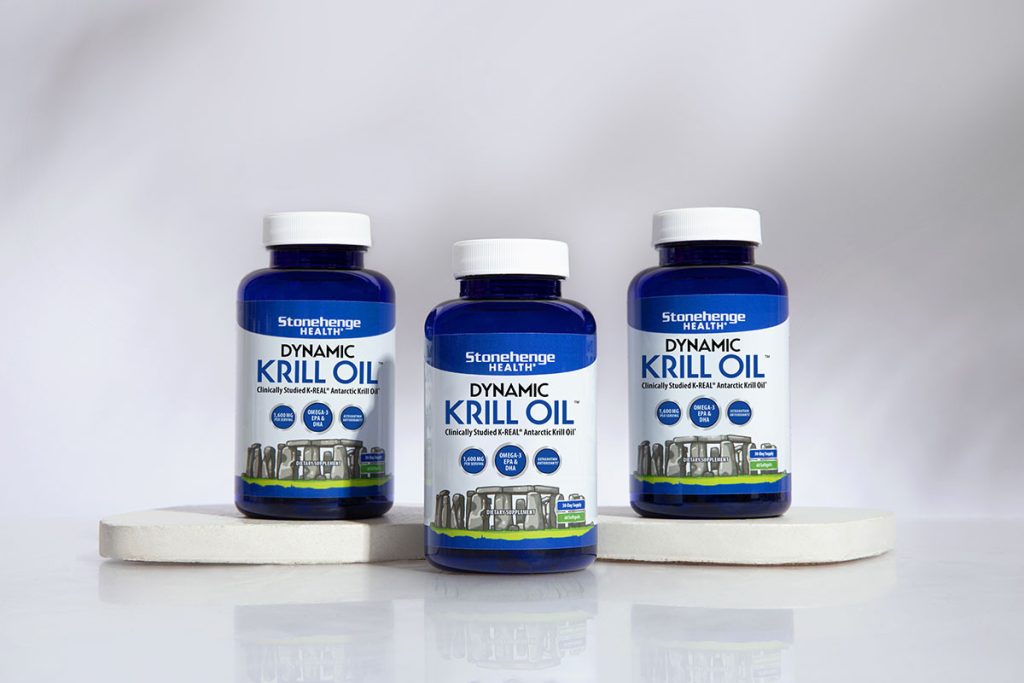
The condition of your hair is not necessarily an indicator of your overall health or well-being, mainly as natural changes occur with aging. However, it still requires a similar level of care and attention as any other part of your body.
Regular trims, deep conditioning treatments, and avoiding excessive heat styling can help maintain healthy, shiny hair. Also, choose hair products suitable for your hair type and concerns.
Making the most of your hair doesn’t always mean investing in expensive treatments or products. It’s also about nurturing from within.
Biotin (B7), Vitamin D, A, and E all play an important role in the health of your hair.6
Omega-3 is a vital form of fatty acid that performs a critical function in maintaining your body’s overall health and well-being. These fatty acids are known for their nourishing properties that can help keep your hair healthy and support its thickening.6 However, omega-3 is classified as “essential” because your body cannot produce it on its own, and it must be obtained from dietary sources.
Adding a quality omega-3 like Stonehenge Health Dynamic Krill Oil to your routine can also help combat dryness from within and soothe a dry or irritated scalp.*
10. Don’t Neglect Your Teeth

A critical aspect of beauty that is often overlooked is dental hygiene. Your smile can be one of your most attractive features, so don’t neglect your teeth!
Regular cleaning and flossing not only keep your teeth and gums healthy, but they also prevent bad breath – a definite beauty faux pas. Remember to replace your toothbrush every three months. Electric toothbrushes deliver a more thorough cleaning so certainly worth the investment.
Regular visits to the dentist help catch any potential issues early and can provide professional cleanings that you just can’t get at home. A bright smile goes a long way in enhancing your overall appearance. So, make dental care a non-negotiable part of your beauty routine!
These timeless beauty tips, including our unconventional cold showers tip, are tried and tested methods for maintaining and enhancing natural beauty. Incorporating these habits into your daily routine can help you look and feel your best. Remember, beauty comes from within, so take care of your body, stay positive, and let your inner beauty shine through.

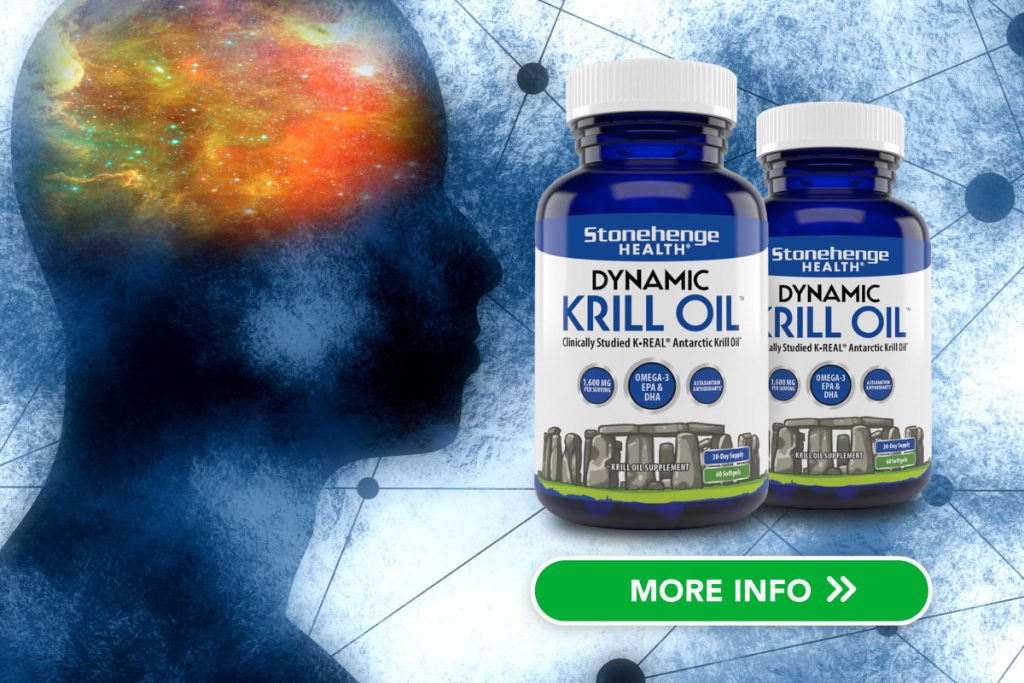
Sources:
1. The Benefits Of Taking Cold Showers For Your Skin | SkinMindBalance (aveeno.com)
2. Pullar JM, Carr AC, Vissers MCM. The Roles of Vitamin C in Skin Health. Nutrients. 2017 Aug 12;9(8):866.
3. “Slide Show: Add Antioxidants to Your Diet.” Mayo Clinic, March 1, 2022.
4. “Antioxidants: Are There Good for You? Pros and Cons.” WebMD.
5. “Antioxidants.” The Nutrition Source, March 3, 2021.
6. Almohanna, Hind M et al. Dermatology and therapy, March 2019.










